Danakali looks into solar, wind to power Eritrea potash project
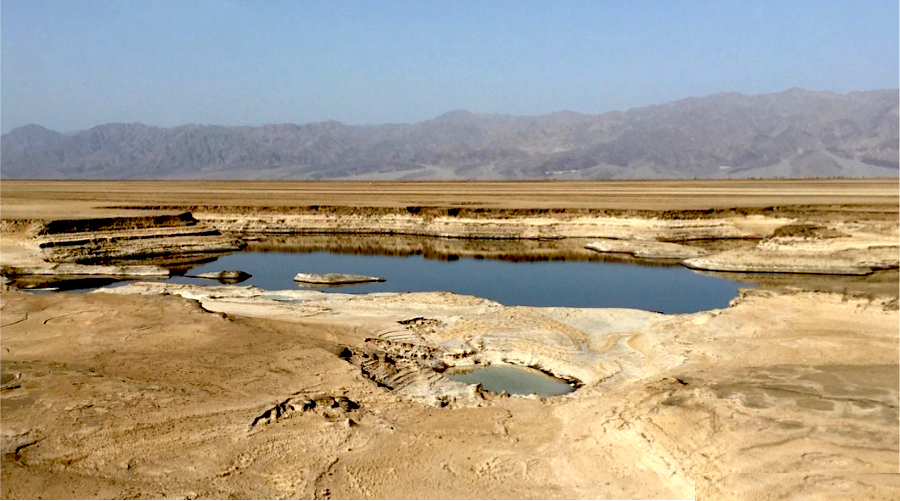
Australia’s Danakali (ASX, LON:DNK) said on Wednesday it had determined that both solar and wind energy are viable sources of power for its 100%-owned Colluli sulphate of potash (SoP) project, in Eritrea, East Africa.
The Perth-based miner noted it continues to evaluate the potential use of renewable energy in its flagship project, with a view to becoming a zero carbon producer of SoP.
Danakali will now work with Aggreko Plc (LON:AGK), its power provider, to further develop solar and wind energy solutions.
“We are determined to embrace renewable energy and run our business in a way that delivers positive environmental impacts for Eritrea and the world,” executive chairman Seamus Cornelius said in a media statement.
Geothermal power
Since Colluli is located in one of the world’s most geothermally-endowed rifts, the Danakil depression in the East African Rift Valley, the company said it’s also studying the use of geothermal energy.
The company’s mining license area is particularly close to the Alid geothermal field, which has been recognized by the Eritrean Ministry of Mines and Energy (MoEM) as a potential high geothermal resource.
In 1996, detailed geological and geochemical work funded by United States Agency for International Development (USAID) and conducted by United States Geological Survey (USGS) and MoEM identified a high-temperature reservoir at Alid.
Samples collected indicate a reservoir temperature of a hydrothermal-convection system likely to be in the range of 250°-300°C, which is promising as a geothermal power source.
Follow-up work in 2015 demonstrated structural trends and temperature permeability that are very favourable for an electric grade geothermal resource.
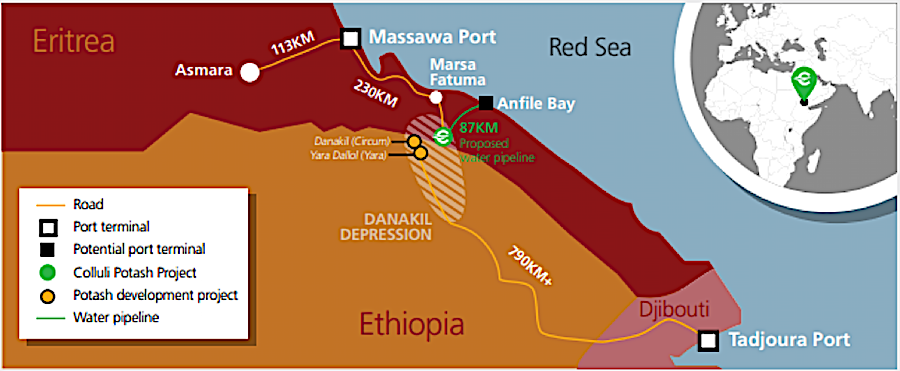
Despite funding setbacks last year, Danakali says that Colluli, a 50/50 joint venture between Danakali and the Eritrean National Mining Corporation (ENAMCO), is on track for production in 2022.
In the initial phase of operations, the mine would produce more than 472,000 tonnes a year of sulphate of potash (SOP), a premium grade fertilizer.
Annual output could rise to almost 944,000 tonnes if Danakali decides to go ahead with a second phase of development, as the project has a possible 200-year plus mine life.
More News
Resouro boosts titanium resource by 37% at Tiros project in Brazil
Total resources are now 1,400 Mt1 at 12% TiO₂ and 4,000 ppm TREO, the company said.
April 09, 2025 | 04:37 pm
Prime Minister Mark Carney vows to speed permits, make Canada energy superpower
The Liberal Party leader said at a campaign stop in Calgary that his government would create a Major Federal Project Office with a “one project, one review” mandate.
April 09, 2025 | 03:34 pm
Peru mining chamber sees copper output up 2-4% this year
That would put Peru's copper production between 2.79 million and 2.85 million metric tons.
April 09, 2025 | 02:53 pm
{{ commodity.name }}
{{ post.title }}
{{ post.excerpt }}
{{ post.date }}

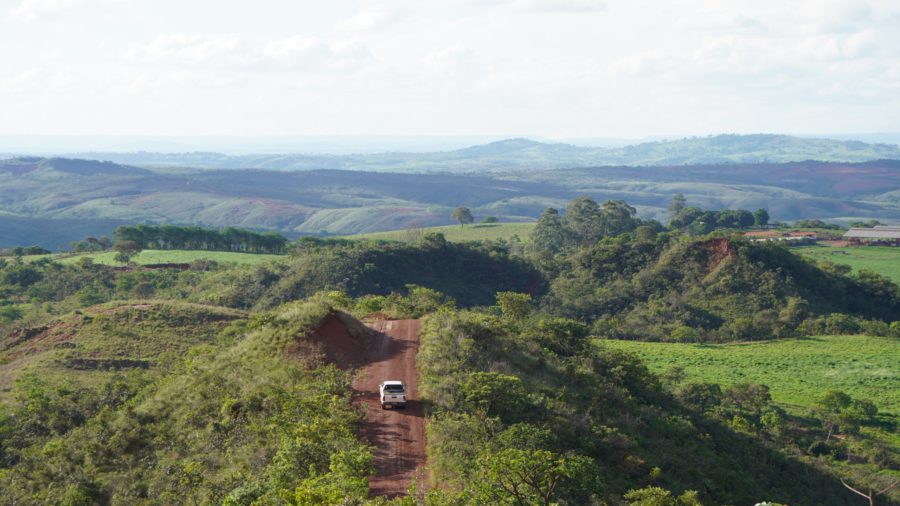
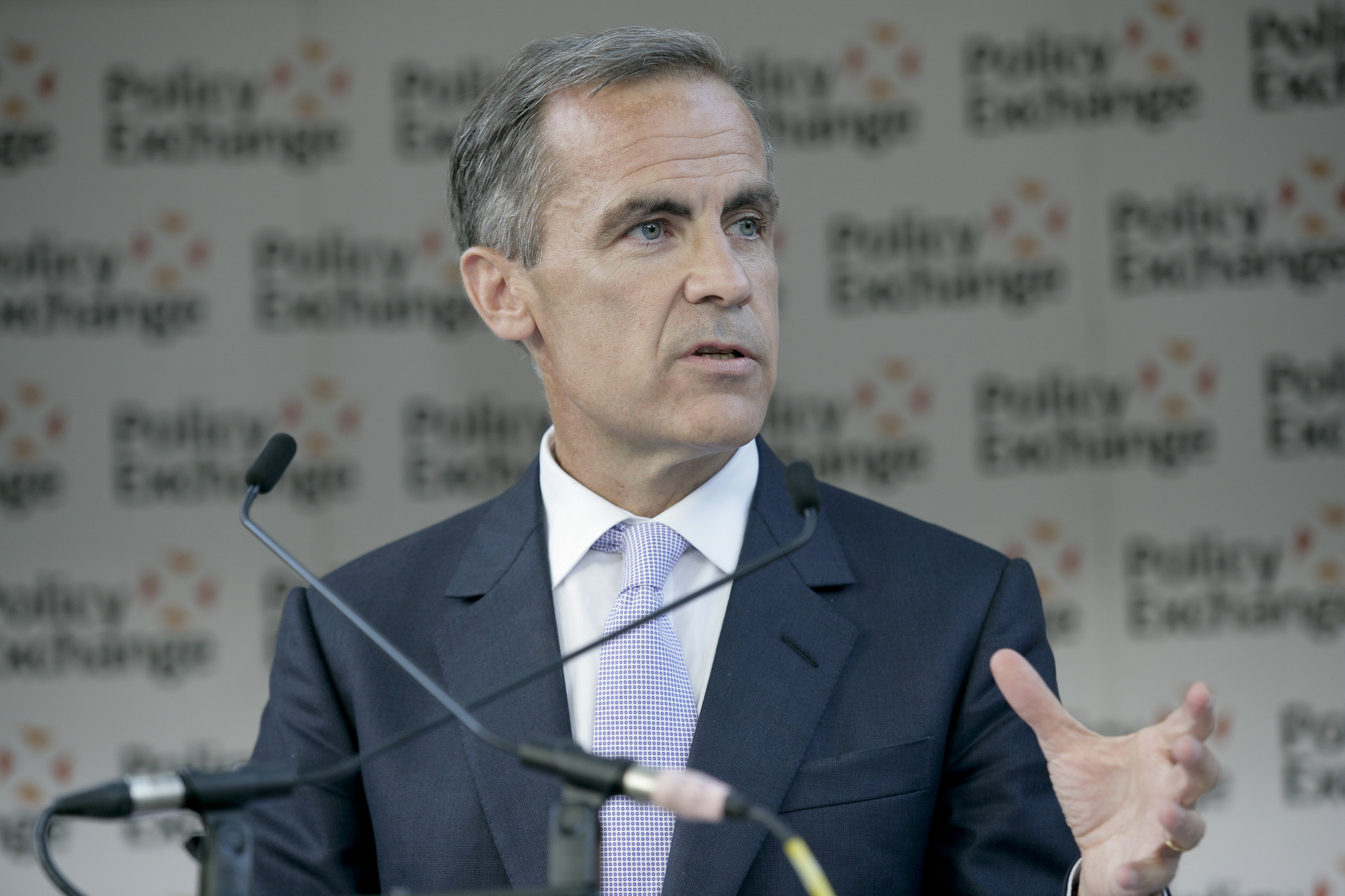
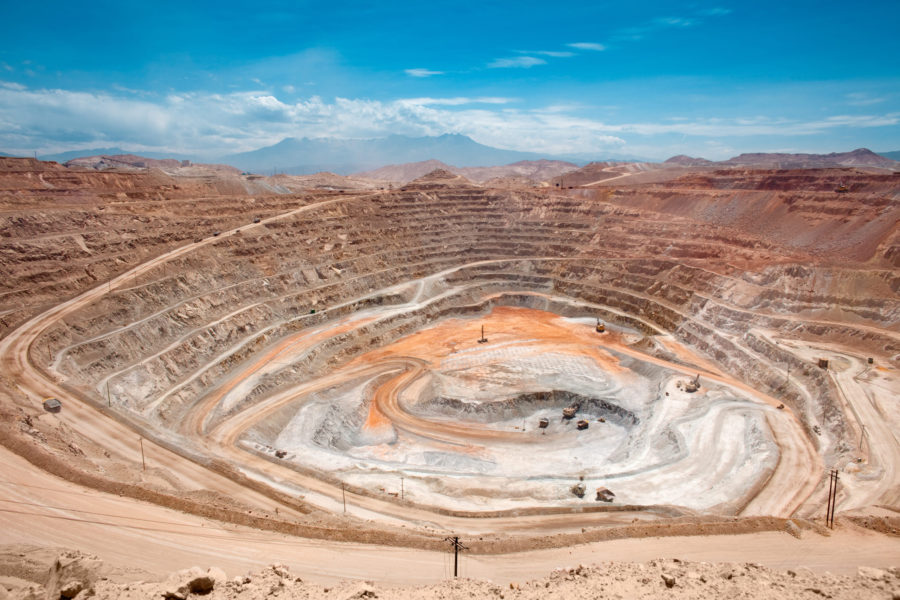
Comments